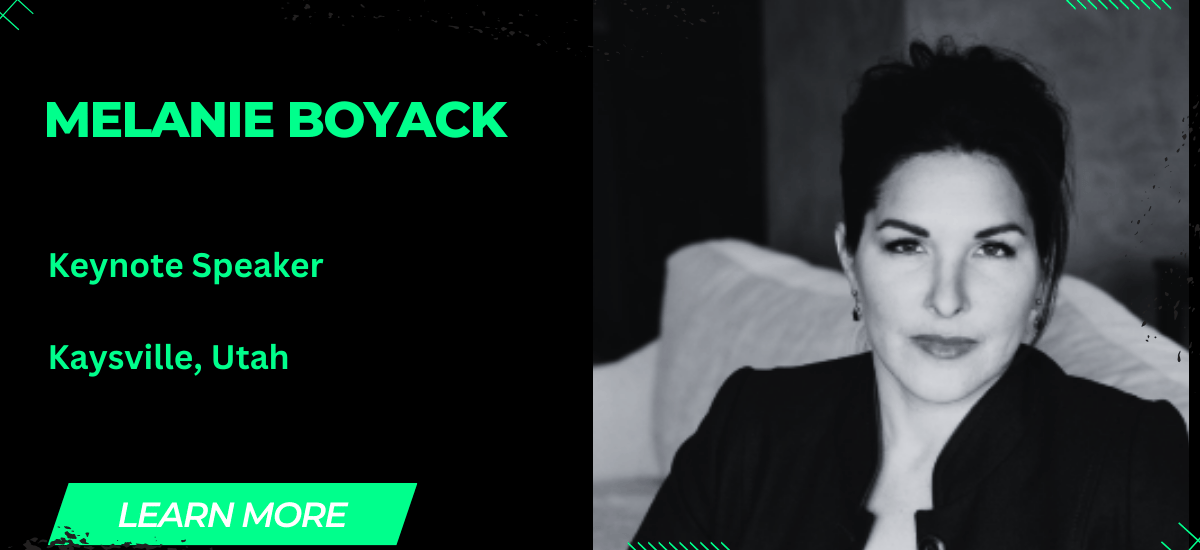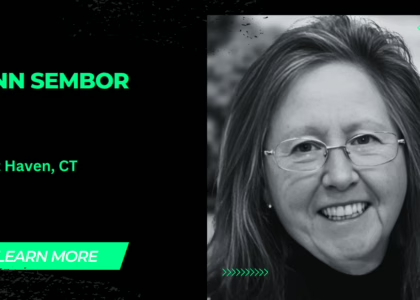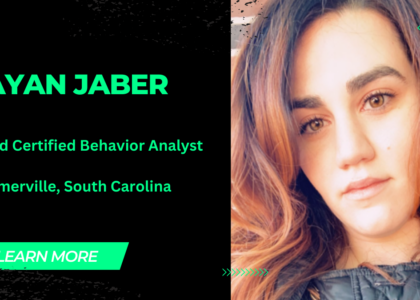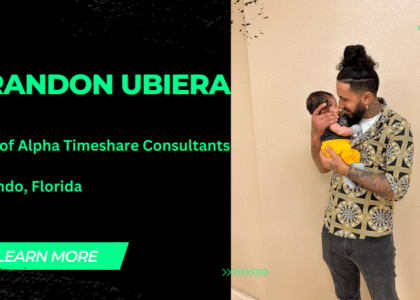Melanie Boyack of Kaysville, Utah, is no stranger to pressure. With a background in trauma therapy that includes navigating high-stakes hostage situations and working closely with elite units like SWAT and Special Forces, she understands stress better than most. But Melanie’s path didn’t stop there. She went on to build a multi-million dollar company, all while raising four children and overcoming personal and financial hardship during the economic downturn. Today, she channels her life experience into helping others rise above burnout, trauma, and uncertainty.
SurveyNow sat down with Melanie to learn more about her mindset, her career, and the practical advice she offers to entrepreneurs and professionals alike.
How do you define success, and how long did it take you to find it?
“Success for me has evolved over time,” Melanie says. “It used to mean building something big or achieving external recognition. Now, it’s about impact—seeing the people I’ve worked with step into their own power. It took years of growth, failure, and recalibration to get to that definition. I found success not in one moment, but through the consistent pursuit of meaningful work.”
What are the qualities of a good entrepreneur?
“Adaptability is at the top of the list. The ability to pivot when things fall apart is crucial. Then there’s resilience—not just pushing through, but learning from what you experience. A good entrepreneur also has to lead with purpose. If your why is clear, your actions follow.”
What challenges did you have to overcome at the beginning of your journey?
Melanie is candid about her early obstacles. “I lost my home. I had a newborn. I was navigating a collapsing economy. On top of that, I was trying to build something sustainable with very little support. It was hard, but I learned to get creative, stay disciplined, and trust myself—even when the results weren’t immediate.”
What’s one trend that excites you?
“I’m excited to see mental health finally being taken seriously in professional settings,” she says. “It’s no longer something to be whispered about. Companies are hiring therapists, creating wellness programs, and learning that high performance doesn’t have to come at the cost of burnout.”
What advice would you give your younger self?
“Stop waiting for permission. You already have what it takes to begin. You’ll never feel fully ready, but taking action builds confidence. I’d also remind her that asking for help doesn’t make you weak—it makes you smart.”
What is one habit that helps you be productive?
“Structure,” Melanie answers immediately. “My mornings are sacred. I take time to align mentally, review my top priorities, and get clear on where I’m putting my energy. I use that momentum to focus on what matters most throughout the day.”
When you feel overwhelmed or unfocused, what do you do?
“I pause. I disconnect from the noise—emails, notifications, expectations—and get back to my breath. Sometimes it’s a five-minute walk. Sometimes it’s journaling. The point is to return to center. I’ve learned that clarity doesn’t come from pushing harder, it comes from creating space.”
Takeaway
Melanie Boyack’s story reminds us that strength isn’t just about endurance—it’s about awareness, purpose, and choosing to rise again after setbacks. Whether she’s training top executives or speaking to a room of first responders, her message is clear: resilience is a skill we can all learn.
For professionals navigating high-stress environments, Melanie offers both practical tools and emotional insight. Her work continues to inspire transformation—not by denying adversity, but by facing it with clarity and courage.
Want to read more about Melanie? Visit her website.
Ready to experience the power of SurveyNow firsthand? Start your free trial today and see how easy data collection can be.





